The Black Datura, with its velvety petals and sinister allure, has long held humanity in a thrall of fascination and fear. Unlike its more benign floral cousins, this midnight bloom exudes an air of danger—a siren call to those drawn to the shadowy edges of nature’s beauty. Its very presence seems to whisper secrets of ancient rituals, forbidden knowledge, and the thin veil between healing and harm.
To encounter the Black Datura is to confront a paradox. Its trumpet-shaped flowers, dark as a moonless night, unfold with an elegance that belies their deadly nature. The plant’s intoxicating fragrance—sweet yet musky, with a hint of something unsettling—lingers in the air like a half-remembered nightmare. This is no ordinary flower; it is a living embodiment of nature’s duality, where beauty and peril intertwine.
Historically, the Black Datura has been both revered and reviled. In some cultures, it was a sacred plant, used by shamans to induce visions and commune with spirits. The Aztecs called it "tlapatl," weaving it into rituals that blurred the lines between the mortal and the divine. Yet in other traditions, it was a tool of poisoners and witches, its potent alkaloids capable of inducing delirium, paralysis, or death. The plant’s very name, "Datura," derives from the Sanskrit "dhatura," meaning "thorn apple"—a nod to its spiked seed pods and its role as both medicine and menace.
The science behind the Black Datura’s toxicity is as fascinating as its lore. Every part of the plant—roots, leaves, flowers, seeds—contains tropane alkaloids like scopolamine and atropine. These compounds disrupt the nervous system, leading to hallucinations, erratic behavior, and, in severe cases, fatal respiratory collapse. What makes the plant particularly treacherous is the fine line between a psychoactive dose and a lethal one. Even experienced herbalists tread carefully, for the difference between enlightenment and eternity can be a matter of milligrams.
Modern encounters with the Black Datura often blur the lines between curiosity and recklessness. In an age where the internet romanticizes "natural highs," the plant has found a new audience among thrill-seekers and occult enthusiasts. Online forums buzz with dubious advice on preparation and dosage, often glossing over the very real risks of cardiac arrest or permanent psychosis. Hospitals occasionally admit patients found wandering in a delirious haze, their pupils dilated, their minds lost in the plant’s labyrinthine grip. These cases serve as grim reminders that nature’s most alluring creations often demand the highest price.
Yet, the Black Datura’s dark charisma endures. Artists and writers have long been captivated by its aesthetic and symbolic potency. It appears in gothic literature as a harbinger of doom, in surrealist paintings as a metaphor for the unconscious, and in modern witchcraft as a key to unlocking altered states. The flower’s imagery—ink-dark petals against thorned stems—has become shorthand for the dangerous allure of the unknown.
Perhaps the most unsettling aspect of the Black Datura is what it reveals about human nature itself. Our attraction to the flower mirrors our broader fascination with danger—the way we are drawn to edges, to limits, to the things that might destroy us. In its velvety darkness, we see reflected our own contradictions: the longing for transcendence and the fear of losing control, the hunger for beauty and the thrill of confronting what we cannot tame.
To cultivate the Black Datura is to dance with shadows. Gardeners who dare to grow it often speak of an unspoken pact—a respect for its power, a recognition that this is no mere ornamental bloom. It thrives in neglected corners, its roots sinking into the same soils where superstition and science collide. Those who handle it wear gloves; those who admire it do so at a distance. For all its grandeur, the flower remains a reminder: some doors, once opened, cannot be closed.
In the end, the Black Datura defies simple categorization. It is neither wholly evil nor entirely benign, but a living riddle wrapped in petals. Its story is one of paradoxes—of healing and harm, of ecstasy and agony, of the human desire to touch the untouchable. To study it is to confront the unsettling truth that the most beautiful things in nature are often the ones that refuse to be mastered.

By /May 21, 2025
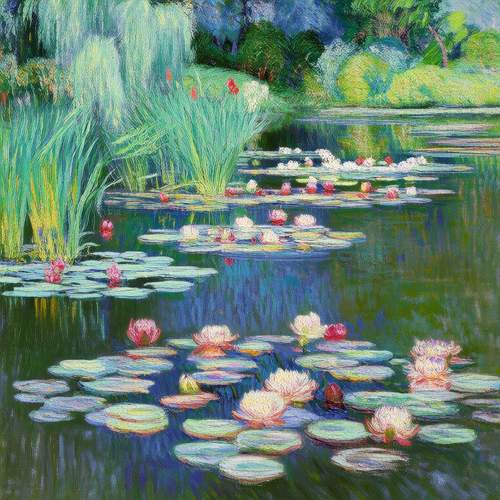
By /May 21, 2025
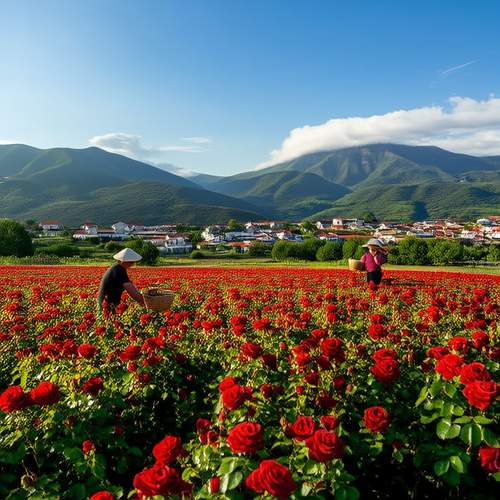
By /May 21, 2025
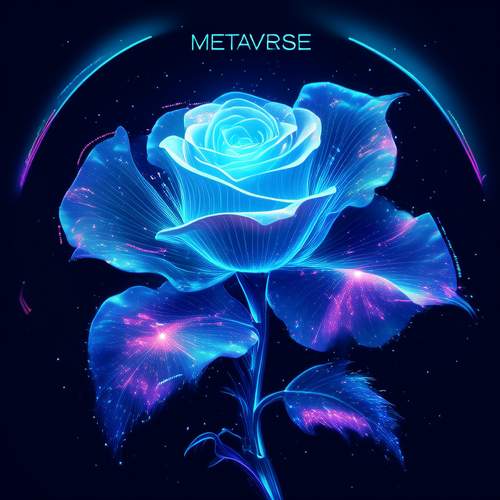
By /May 21, 2025

By /May 21, 2025
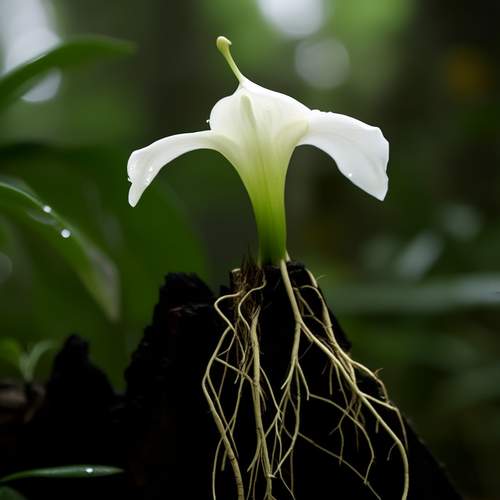
By /May 21, 2025
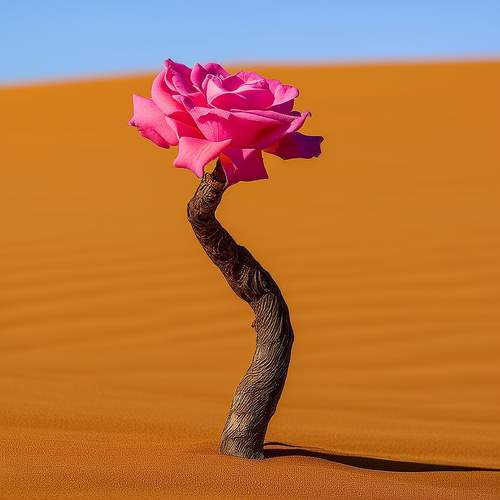
By /May 21, 2025
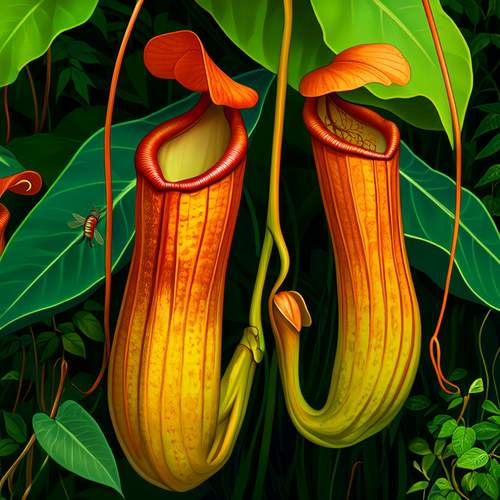
By /May 21, 2025
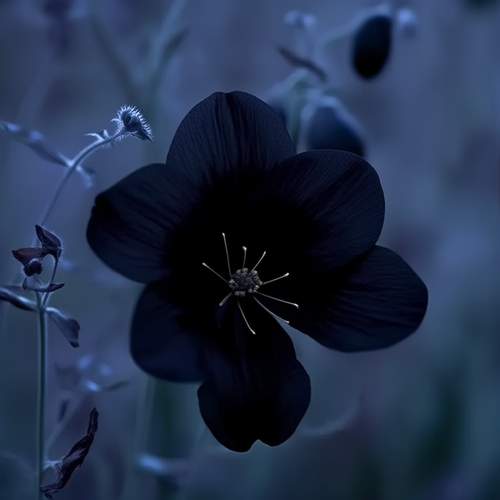
By /May 21, 2025
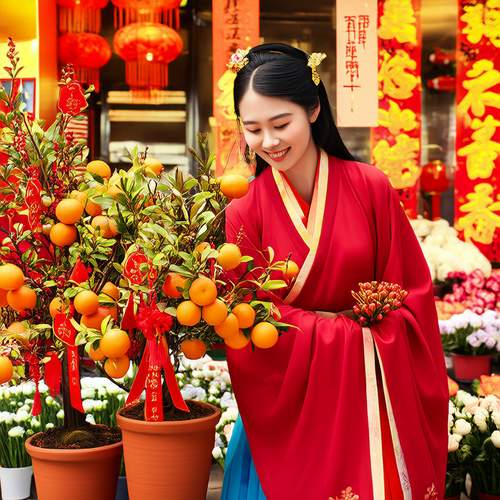
By /May 21, 2025

By /May 21, 2025
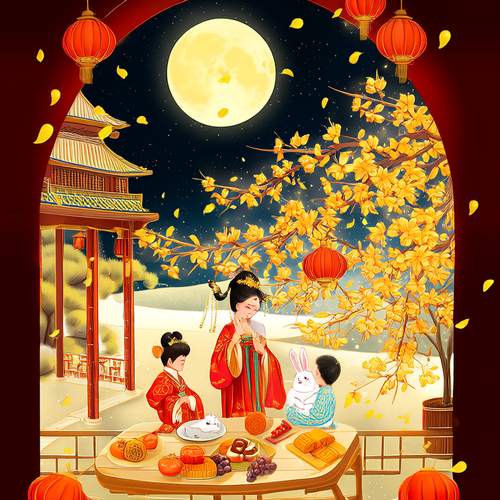
By /May 21, 2025

By /May 21, 2025

By /May 21, 2025

By /May 21, 2025

By /May 21, 2025

By /May 21, 2025

By /May 21, 2025

By /May 21, 2025
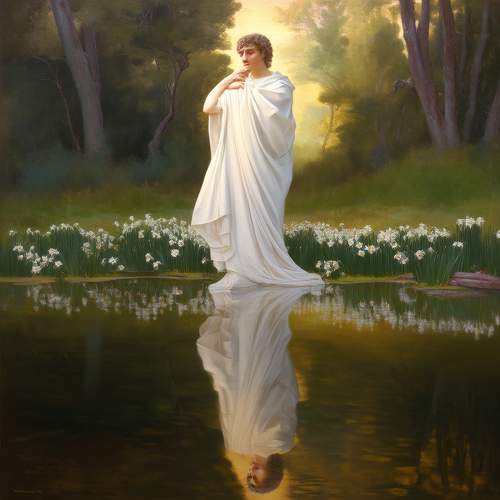
By /May 21, 2025